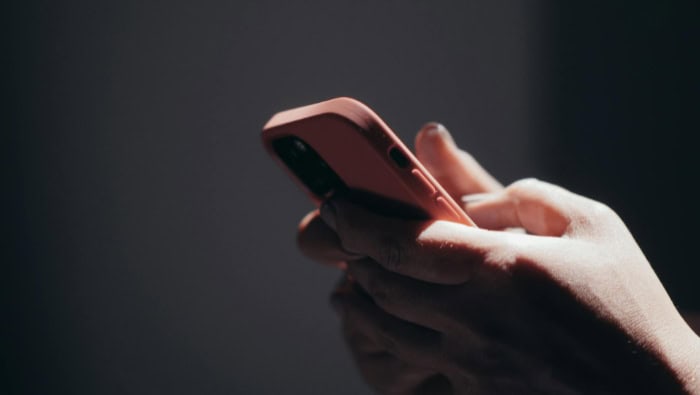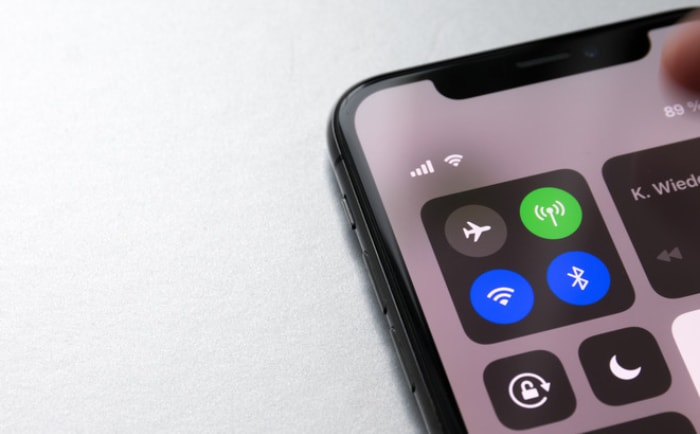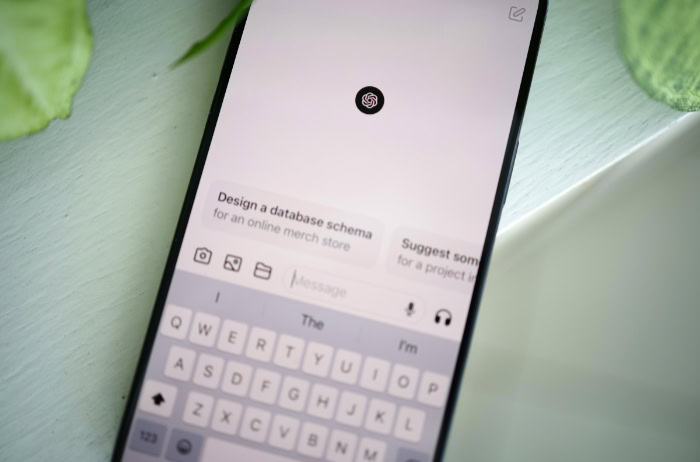iPhone vs. Android: Which Phone Suits You Best?
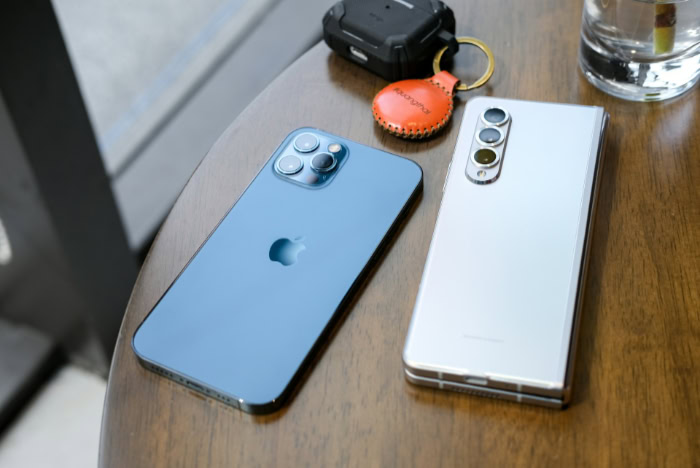
Every upgrade cycle brings the classic iPhone versus Android question back into focus. Both platforms have their loyal fans, each swearing by their distinct strengths and signature experiences.
For new shoppers or anyone eyeing an upgrade, sorting through the sheer variety of devices, software twists, and price points can feel overwhelming. What makes one stand out over the other? Is it the seamless integration and polished feel, or the ability to tailor every aspect to your liking?
Hardware Range and Pricing
Choosing between iPhone and Android devices starts with comparing the range of hardware and how much buyers are expected to spend. Design philosophies, material quality, pricing tiers, and technological breakthroughs all shape what you can expect from each side.
Looking closely at these aspects sets the stage for a more meaningful comparison.
Device Variety
Apple’s approach is tightly focused, releasing a small lineup of iPhones each year. All models follow a unified design language and feature set, with only a handful of options on sale at any one time.
With iPhones, buyers generally pick from a current flagship, a lower-priced previous generation, or a compact option like the iPhone SE.
Android, on the other hand, opens the door to a vast ecosystem filled with choices. Multiple brands, including Samsung, Google, OnePlus, Xiaomi, and more, put out an array of devices catering to virtually every budget, size preference, and feature wish list.
Whether you prefer a compact phone, a massive display, or unique styling, the Android landscape provides much greater variety. This diversity can be appealing to those with specific needs or tastes, but it can also make the decision process more complex.
Build Quality and Materials Across Price Tiers
Apple is consistent with its premium build quality, even at lower price points. Current iPhones use aluminum, stainless steel, or aerospace-grade materials paired with toughened glass, delivering a sturdy and high-end feel.
There is little variance in the materials or finish, even between the standard and Pro models, aside from some finer touches.
Android’s range covers the spectrum from budget-friendly plastic builds to luxury-level devices crafted in metal and glass. Entry-level Android phones may feature more plastic for cost savings, while mid-tier and premium devices like the Samsung Galaxy S or Google Pixel Pro series rival iPhones in craftsmanship.
The trade-off comes down to budget and personal taste. The top Android phones can feel just as deluxe as an iPhone, while entry-level models prioritize function over form.
Cost Spectrum
Apple’s pricing sticks mostly to the mid and upper end. Even the least expensive iPhone SE lands in the middle of the price spectrum for smartphones, with new flagship models commanding some of the highest prices on the market.
Discounts happen, but the range is limited compared to Android’s offerings.
Android caters to every possible price bracket. Shoppers can find solid devices for under $200 or splurge on ultra-premium options rivaling or exceeding iPhone prices.
The presence of so many brands fuels competition and innovative features at lower price points. Whether you’re seeking affordability, a solid mid-range, or all-out luxury, Android covers all the bases, while iPhone focuses mainly on the higher tiers.
Notable Hardware Innovations
Apple and its competitors innovate in different ways. Apple invests heavily in custom Silicon, like the A-series and M-series chips, which deliver top-tier performance and efficiency.
Their emphasis on a harmonious relationship between hardware and software keeps the iPhone experience smooth and consistent.
Android manufacturers use their freedom to experiment and push boundaries. Foldable displays from Samsung and others introduce entirely new ways to use your phone.
Unique camera systems offer periscope zoom lenses or huge sensors for creative photography. Fast wired and wireless charging, expandable storage, and adventurous form factors frequently make headlines in the Android space, while Apple tends to refine and perfect select features at a more gradual pace.
In sum, the Apple and Android camps differ in scope, philosophy, and approach to innovation, with each path appealing to different priorities and preferences. The range and pricing of hardware play a big part in helping shoppers find the smartphone that feels right for them.
Software Experience and Customization

The software running on your smartphone can shape every interaction, from unlocking to organizing apps or adjusting settings. On one side, iPhone offers the same familiar experience across all models.
On the other, Android lets users experiment with everything from looks to background processes.
Interface Philosophy
All iPhones run on iOS, which delivers a consistent look and feel across devices. The layout remains familiar year after year, focusing on simplicity and easily recognizable icons.
Updates arrive regularly and simultaneously, so users know what to expect no matter which device they pick up.
Android offers a starting point with pure versions from Google, as seen in Pixel phones, but most brands add their own look and features on top. Samsung’s One UI, Xiaomi’s MIUI, and other skins bring unique icons, notification layouts, and extra settings.
Moving from one manufacturer’s Android to another can feel like switching to a new operating system altogether. This freedom allows for distinctive experiences, but it can also mean learning new patterns each time you try a different Android brand.
Personalization Depth
One of the strongest appeals of Android is personalization. Users rearrange icons anywhere, add a variety of widgets to homescreens, and even swap out the entire look using third-party launchers.
Most Android phones let you choose your default apps for browsing, messages, music, or even the assistant that answers your voice queries. Wallpaper, icon packs, and animation tweaks go as far as your imagination allows.
iPhone keeps customization more streamlined. Recent iOS versions expanded widget support and let users remove or hide certain app pages, but the layout stays grid-based, and widgets are managed in set areas.
Apple allows setting some default apps, but choices are limited compared to Android’s flexibility. For those who want a polished experience without spending hours fine-tuning, iOS delivers. For those who want total creative control, Android gives far more room to experiment.
App Acquisition
Apple’s App Store curates each app before releasing it, resulting in a catalog known for security and quality. Strict review processes reduce the risk of malware or harmful content, but can also limit options if certain apps don’t meet Apple’s requirements.
Android gives users access to Google Play, where a wider range of apps is available and approval happens quickly. While Google checks for malware, the store accepts more experimental or niche software.
Those who want even more freedom can sideload apps from outside sources or try alternative app stores, giving advanced users almost unlimited possibilities. On iOS, sideloading and alternate stores face strong restrictions, so most stick to what is officially available.
Accessibility and Ease-of-Use Considerations
Both systems work hard to make devices usable for everyone. Apple has long committed to accessibility, offering features like VoiceOver, Magnifier, display and text adjustments, and touch accommodations that are easy to find in settings.
The uniform layout and predictable gestures suit users who prefer clarity and minimal learning curves.
Android’s strengths include a wide variety of customizations for vision, hearing, and physical accessibility. Voice commands, high contrast options, and custom gesture systems can be tailored to match specific needs or device types.
Some manufacturers introduce their own solutions too, so accessibility can sometimes vary by brand. The range of tools allows for greater personalization, although some users may find that features are hidden deeper in menus or inconsistent between models.
Comparing software experience and customization shows that iPhone and Android cater to different preferences and expectations. Each offers its own balance of simplicity, choice, and control.
Performance, Battery, and Longevity
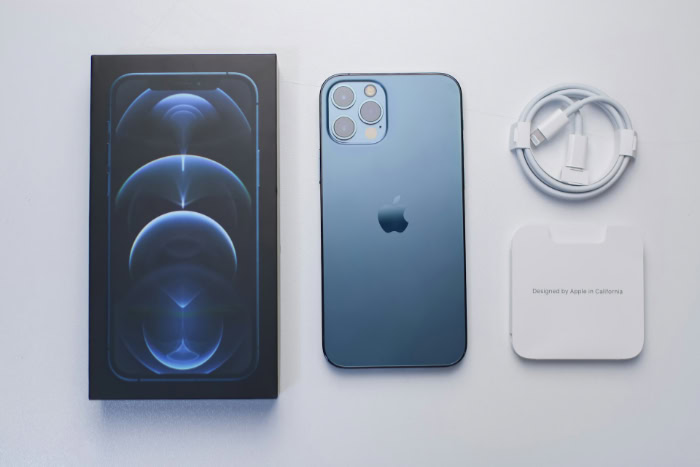
Performance, battery life, and long-term value sit high on everyone’s list when considering a new smartphone. Smooth operation, efficient power use, timely software updates, and the ability to recoup value after a few years all shape the experience a phone delivers day to day.
Processing Power and Real-World Responsiveness
Apple’s custom silicon chips have set a benchmark for speed and efficiency. Every year, iPhones arrive powered by the newest A-series processor, providing class-leading results in both synthetic tests and everyday use.
Games load quickly, multitasking moves effortlessly, and even older iPhones remain responsive thanks to Apple’s tight integration of hardware and software.
Android’s performance covers a broader spectrum. Flagships from Samsung, Google, and OnePlus feature the latest Snapdragon or proprietary chips that offer impressive speed and graphics abilities.
Lower-cost Android phones run on less powerful hardware but can still deliver a smooth experience with optimized software. However, inconsistencies in manufacturer customizations and wide hardware variety sometimes mean that not all Android phones feel equally swift, especially after a few years of use.
Battery Life, Charging Speeds and Power Management
Efficiency and power management go hand in hand with good hardware. iPhones have a reputation for getting solid battery life from modest-sized batteries, a credit to Apple’s efficient chips and deep software-level optimizations.
Charging technology is reliable rather than cutting-edge, and wireless charging support is now standard across most models.
Android devices take a more varied approach. Flagship phones often host large battery capacities, with some mid-range models offering multi-day usage thanks to efficient components.
Charging speeds are an area where Android pulls ahead; several top brands include fast wired and wireless charging, letting you top off much more quickly. As with other hardware categories, actual battery life and charging speeds can fluctuate depending on the model and price bracket, so users with specific needs should verify details before buying.
Software Update Cadence and Length of Support
Long-term software support matters for both performance and security. Apple delivers updates to nearly every iPhone model still in market at the same time.
Older devices, sometimes five years old or more, continue to receive upgrades long after their launch. This consistency gives iPhone owners peace of mind about compatibility and security for years to come.
Android’s update situation largely depends on the manufacturer. Google’s own Pixel devices set a high bar, promising years of consistent updates.
Brands like Samsung have stepped up and now offer extended support for recent flagships, but many more affordable Android phones stop receiving major updates after only a few years. The patchwork nature of Android updates means users need to pay attention to a brand’s policies before making a choice, as some devices may miss important improvements or fixes sooner than expected.
Resale Value and Total Cost of Ownership Over Time
Smartphones are an investment, so it pays to think ahead about how much your device will be worth after a few years. iPhones are widely known for holding their value better than almost any competitor.
The strong used market and broad interest in previous-generation iPhones mean owners can recoup a significant portion of their purchase price when it’s time to upgrade.
Android values vary by brand, model, and demand. High-end models from major brands like Samsung and Google do reasonably well but usually drop in price faster than comparable iPhones.
Budget models can lose value rapidly. However, Android’s broad price range means some users are less concerned with resale and more interested in initial affordability or frequent upgrades.
Camera and Multimedia Capabilities
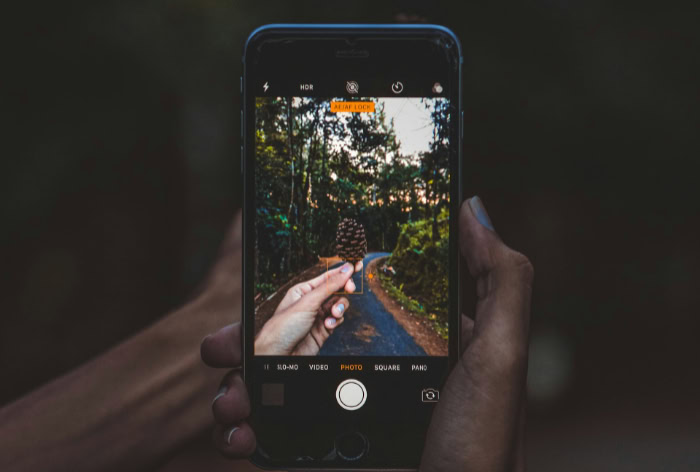
For many people, smartphones serve as their primary camera, video recorder, and portable entertainment hub. Choosing between iPhone and Android means looking not just at camera specs, but also what each platform offers for creative projects, media consumption, and expanding your setup with other gadgets.
Photo Quality Consistency vs. Feature Versatility
iPhones have built a reputation for delivering consistent, high-quality photos with minimal effort from the user. Apple’s tight hardware-software integration allows for reliable color accuracy, balanced exposure, and sharpness in a wide range of conditions.
Point-and-shoot simplicity remains a strength, as the built-in camera app handles everything behind the scenes.
Android phones, especially at the higher end, stand out for versatility and cutting-edge features. Brands like Samsung, Google, and Xiaomi experiment with longer telephoto lenses, ultra-wide sensors, advanced night modes, and dedicated macro cameras.
Android’s best phones can produce stunning zoom shots, dramatic night photos, and creative effects that go beyond the standard snapshot. However, photo results can vary more widely between brands, and even between different models from the same brand, so consistency is not always guaranteed.
Video Recording Strengths, Formats and Stabilization
Apple leads the pack when it comes to mobile video. iPhones offer smooth and reliable video performance across every model, with standout features such as Cinematic Mode, high-quality slow motion, and support for advanced formats like ProRes.
Exceptional image stabilization and clean audio capture enable iPhone users to record professional-looking videos without additional equipment.
Android phones offer strong competition, with 4K and even 8K video resolution available on many flagship models. Camera apps vary, but often provide extensive manual controls, fun filters, and support for HDR video.
Image stabilization and focus adjustments continue to improve with every generation. However, results for video quality and reliability can fluctuate between brands; some Android phones excel in certain areas like zoom but may lag behind iPhone in smoothness or consistency.
Display Quality and Audio for Media Consumption
Enjoying photos, streaming movies, or listening to your favorite playlist all comes down to display and audio. iPhones are known for their color-accurate screens, excellent brightness, and realistic tones.
OLED displays on newer Pro models provide deep blacks and vibrant colors, making them a pleasure for gaming or movie nights. Stereo speakers deliver clear, well-balanced sound that works well for casual listening.
Android covers a wide spectrum, with some premium phones offering possibly the most spectacular displays available. Samsung’s AMOLED screens draw acclaim for their deep contrast, high refresh rates, and immersive visuals that top many “best display” rankings.
The sound experience also varies; high-end Android phones often include spatial audio, Dolby Atmos support, and dual speakers, creating a theater-like atmosphere. More affordable Android devices may not reach these highs but provide decent quality for the price.
Creator-Centric Tools and Third-Party Accessory Ecosystems
Both platforms cater to creators, but the focus differs. Apple provides a stable, reliable platform for photographers and videographers, with a vast ecosystem of compatible editing software, lenses, and microphones.
Seamless integration with Macs and iPads means projects move easily between devices, appealing to professionals and hobbyists alike.
Android’s openness fuels a different creative spirit. Advanced camera apps, manual controls, and alternative app stores allow users to tweak settings or try experimental features.
Accessory support is broad, from attachable lenses and microphones to streaming gear and game controllers. Compatibility can vary, but enthusiasts enjoy the freedom to mix and match gear or software in ways that suit unique projects.
Ecosystem, Integration, and Data Portability
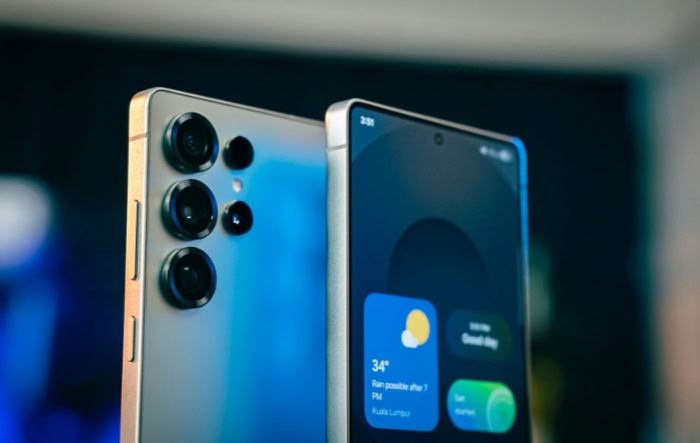
Modern smartphones are rarely used in isolation. How well a phone connects with other devices, shares files, manages messages, and fits into a larger tech setup can have a huge impact on day-to-day convenience.
Apple and Android each offer their own approaches to device integration, communication, smart-home support, and the process of moving data. These differences shape the experience far beyond the phone itself.
Cross-Device Continuity
Apple products are designed to work together almost effortlessly. Features like AirDrop allow quick file sharing between iPhone, Mac, and iPad without any setup.
Handoff lets users pick up web browsing, emails, or notes on whichever Apple device is nearby. iCloud keeps files, photos, and even text messages in sync across Apple hardware, so moving between an iPhone and a Mac feels seamless. AirPods and Apple Watch pair quickly and maintain steady connections, giving a strong sense of continuity.
Android’s integration is less centralized but highly flexible. The Google ecosystem ties together Gmail, Google Drive, Photos, and other services so data moves easily across devices and platforms.
Some Android brands, like Samsung, offer their own continuity features between phones, tablets, laptops, and smartwatches. Google’s Nearby Share serves a similar purpose to AirDrop for moving files swiftly.
While the experience can be just as smooth for those invested in one brand’s devices, jumping between different Android manufacturers may require an extra step or two.
Messaging and Social Integration
iPhone users enjoy exclusive features such as iMessage and FaceTime, both reliable and privy to the Apple ecosystem. Messages between iPhone users are encrypted, can include effects, and integrate with other Apple devices like iPads and Macs.
FaceTime offers high-quality video and audio calls directly from the contacts app, contributing to a cohesive communication network for Apple households. However, messages sent to non-iPhones revert to standard SMS, sometimes causing compatibility issues or a less rich experience.
Android puts the emphasis on cross-platform solutions. Messaging on Android usually relies on SMS, RCS (Rich Communication Services), or third-party apps like WhatsApp, Telegram, and Google Messages.
Video calls are facilitated by Google Meet, WhatsApp, Zoom, and others, giving users plenty of choice based on their preferences and those of their contacts. While there may not be a single unified service as polished as iMessage, the Android approach is far more universal, making it easy to stay in touch no matter which platform friends or family use.
Smart-Home, Wearable and Car Compatibility
Apple keeps things streamlined by maintaining tight control over compatible accessories. HomeKit serves as the focus for smart-home controls, allowing iPhones to act as command centers for lighting, security cameras, and thermostats.
The Apple Watch integrates smoothly with iPhones, while CarPlay brings a familiar interface to the dashboard of many vehicles. Historically, the selection of supported smart-home devices has been smaller, but ease of setup and security are strong points.
Android users have plenty of choices in the smart-home space. Google Home supports an impressive range of third-party gadgets, letting Android phones interface with nearly any brand of lightbulb, speaker, or plug you might bring home.
Wearable support is broader, with watches and fitness bands from all kinds of companies running on different platforms, although integration quality can vary based on the manufacturer. Android Auto works well with a wide range of vehicles, bringing navigation, music, and messaging apps to car screens regardless of phone brand.
Switching Utilities and Data Migration Between Platforms
Changing phones isn’t as intimidating as it once was. Apple and Android both provide tools to help users transfer contacts, photos, texts, and even apps.
Switching to iPhone is simplified with Apple’s Move to iOS app, which guides Android users through copying data securely to their new device. Most major Android phone makers offer similar “Switch” apps, moving content seamlessly from iPhone or another Android model.
There are still some hurdles, especially with accounts or app data that can’t transfer due to platform differences. Messaging history on certain apps might need an extra step or a workaround.
Still, most users can expect a relatively pain-free setup and quick access to their photos, contacts, and essential files soon after unboxing a new phone.
Conclusion
Choosing between iPhone and Android is far more than selecting a brand; it’s about matching a device to your lifestyle, preferences, and future plans. iPhones attract those who value consistency, refined build quality, and a seamless ecosystem where devices, services, and updates work together intuitively.
Android offers unmatched variety, freedom to customize, cutting-edge hardware experiments, and flexibility across all budgets.
Looking at hardware, iPhone presents a focused and premium approach. Android’s diverse lineup ensures nearly anyone can find the right fit, no matter their price or feature priorities.
On the software front, iOS keeps things simple and uniform, ideal for those who want a predictable, polished experience. In contrast, Android delights users who enjoy tinkering with layouts, default apps, and launchers to create something unique.
Performance and long-term value show another split: Apple’s custom silicon and extended support help iPhones stay speedy and relevant for years, often holding higher resale value. Android’s flagship phones can compete on raw power and innovation, but update policies and resale trends vary more across brands.
Cameras and multimedia features further highlight these trade-offs. iPhones excel in reliable, natural-looking photos and stellar video performance, backed by a robust accessory and app ecosystem.
High-end Android phones may offer more versatility, letting users experiment with zoom, night modes, and manual controls, while media playback and displays shine on many flagship models.
Integration and cross-device continuity often set iPhones apart for those already invested in Apple products, making transitions between phone, computer, and smartwatch almost invisible. Android users benefit from openness, broader accessory compatibility, and powerful Google services that carry across devices and brands, though the experience may not be as tightly unified.
Ultimately, making the right choice means prioritizing what matters most: is a seamless, dependable system your priority, or do flexibility, innovation, and value guide your search? Weigh your budget, customization preferences, need for updates, and how much you value smart integration with other tech.
Both iPhone and Android offer excellent options. The best platform is the one that fits your world.
